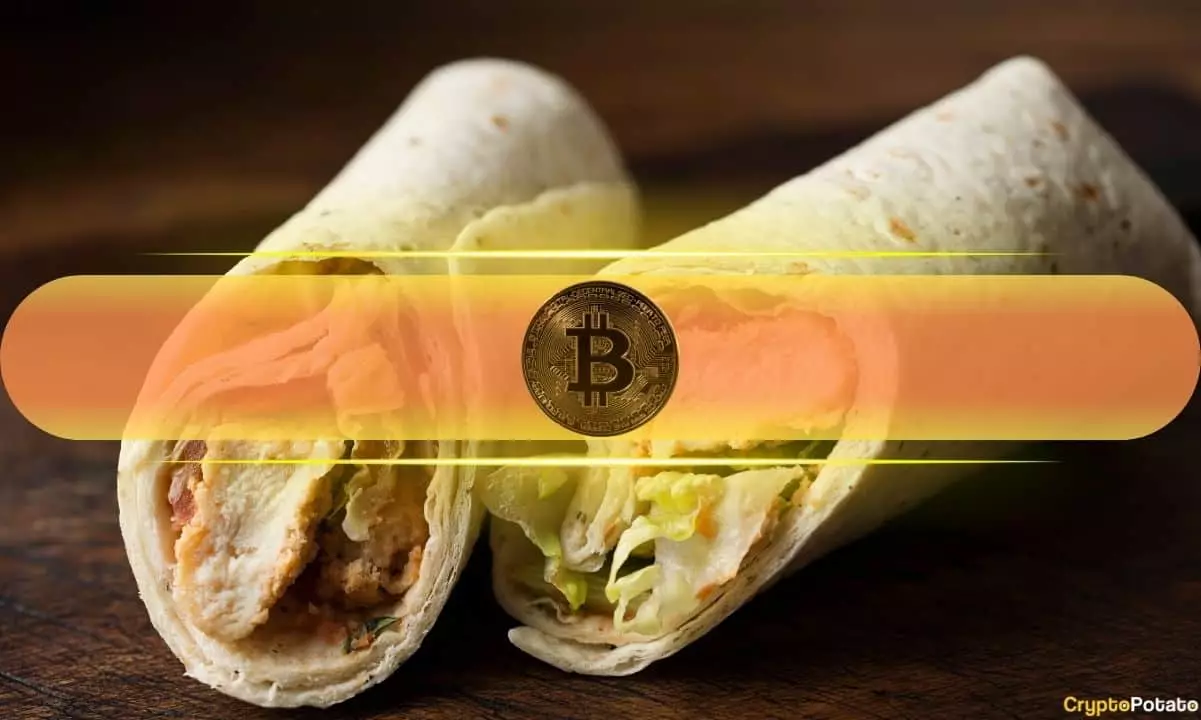Wrapped Bitcoin (WBTC) emerges as a pivotal player in the world of tokenized assets, particularly in decentralized finance (DeFi). Developed collaboratively by industry leaders such as BitGo, Kyber Network, and Ren, WBTC serves as a 1:1 representation of Bitcoin on blockchains like Ethereum and Solana. This innovation allows Bitcoin holders to leverage their assets in smart contracts, trading, and various DeFi applications, thus expanding Bitcoin’s utility beyond its original blockchain.
Recent reports from Binance Research reveal that WBTC is experiencing unprecedented growth, with weekly transaction numbers peaking at 123,200. This milestone reflects a broader trend of increasing engagement within the sector; for several weeks, WBTC has maintained over 100,000 transactions. The current supply, exceeding 152,400, constitutes around 65% of the tokenized Bitcoin market, highlighting its dominant presence.
A pivotal moment for WBTC was its strategic partnership initiated in August 2023 with BitGlobal and Justin Sun, founder of Tron. This collaboration aims to enhance operational reach into new jurisdictions, including financial hubs like Hong Kong and Singapore, while also amending the asset’s custody framework. However, critics within the crypto community have expressed skepticism regarding Sun’s influence. Despite assurances from BitGo’s CEO, Mike Belshe, that funds cannot be unilaterally manipulated, dissent has surfaced. The backlash has been significant enough for projects such as Sky (formerly MakerDAO) to consider removing WBTC from their collateral options, reflecting deeper concerns over governance and control in crypto assets.
The criticism directed at WBTC has led to a burgeoning wave of competition in the wrapped Bitcoin arena. For instance, Coinbase has launched cbBTC, a new wrapped Bitcoin token on Ethereum and Base. The immediate success of cbBTC, which quickly climbed to become the third-largest wrapped Bitcoin, underscores the volatility and rapid evolution within this market segment. Users are increasingly drawn to alternatives, highlighting a potential shift in user preference and trust.
Alongside the developments surrounding WBTC, the broader cryptocurrency landscape is facing a shift in economic dynamics, particularly concerning Ethereum. Binance Research notes an alarming trend in Ethereum’s issuance rate, which recently reached approximately 0.74%—the highest inflationary sign the network has seen in two years. Initially heralded for its deflationary approach to ETH, market participants are anxious about Ethereum’s move into an inflationary zone, exacerbated by post-Dencun upgrade dynamics that saw lower transaction fees and diminished coin burn rates.
Seeking to revert to a deflationary model, advocates for Ethereum suggest that a surge in network activity could recapture the original vision of “ultrasound money.” This scenario poses a unique dilemma as stakeholders navigate the fine line between maintaining digital asset scarcity and accommodating the increasing demand within the DeFi ecosystem.
Wrapped Bitcoin remains a vital player in the tokenized Bitcoin market, continuously adapting to changes in user sentiment, regulatory scrutiny, and economic dynamics. While its growing adoption speaks to the innovation within DeFi, the pressures from competitors and community concerns foreground the complexities of governance in decentralized ecosystems. As the crypto landscape evolves, so too will the strategies of wrapped assets like WBTC, requiring ongoing vigilance from users, developers, and stakeholders alike.

